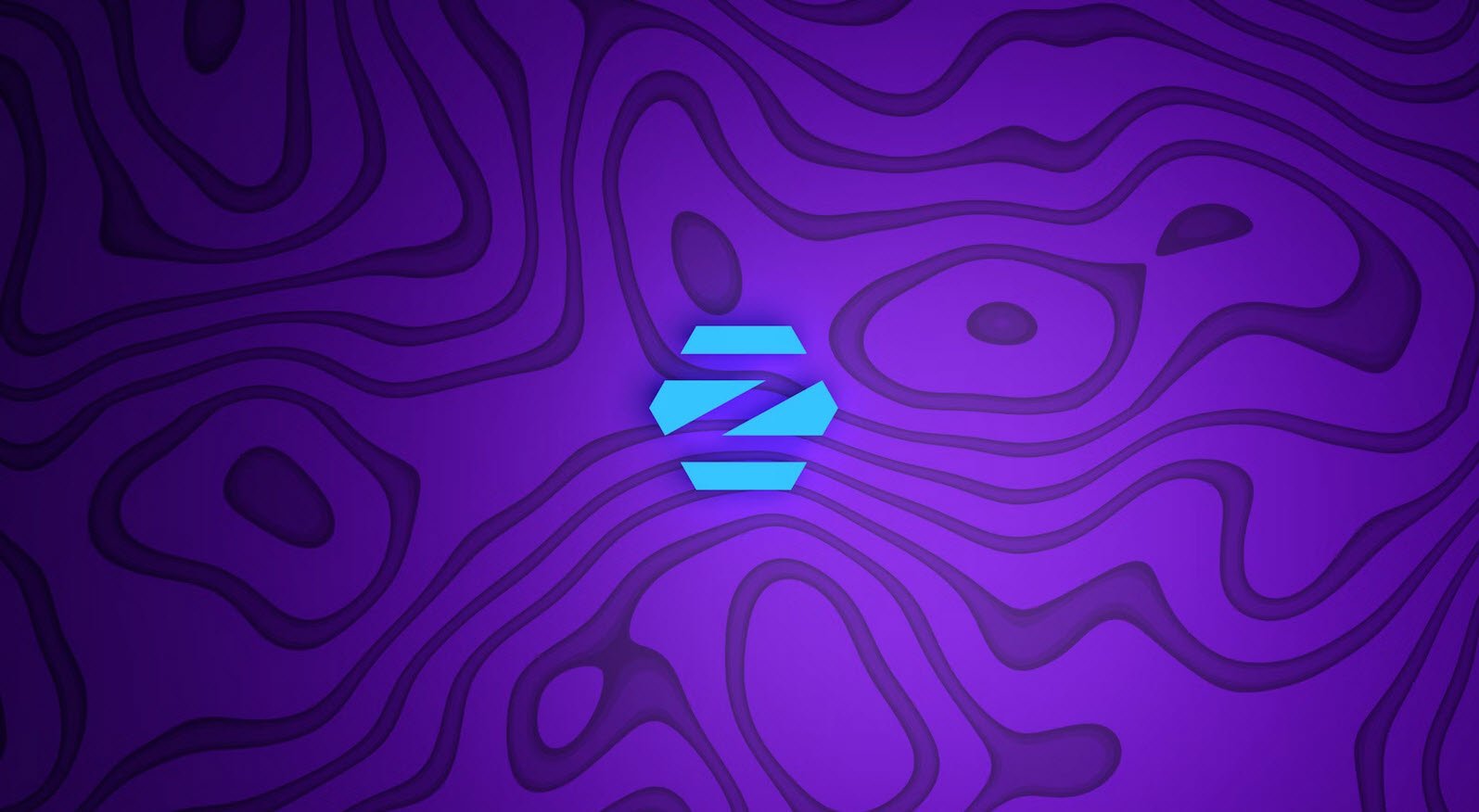
Even though the size, shape and performance, reliability and cost of computers have been changing over the years, the basic logical structure has not changed. No matter what shape and size of computer we are talking about, all computer systems perform the following five basic operations for converting raw input data into useful information and presenting it to a user.
- Inputting – Process of entering data and instructions into a computer system.
- Storing – Saving data and instructions to make them readily available for initial or additional processing as and when required.
- Processing – Performing arithmetic operations (add, subtract, multiply, divide etc), or logical operations (comparisons like equal to, less than, greater than, etc) on data to convert them into useful information.
- Outputting – Process of producing useful information or results for a user, such as printed report or virtual display.
- Controlling – Directing the manner and sequence in which the above operations are performed.
Also Read:
- [#1] – Introduction to Computer Fundamentals
- [#2] – Basic computer organization
- [#3] – Number systems
- [#4] – Computer Codes
- [#5] – Computer Arithmetic
- [#6] – Processor and Memory
- [#7] – Secondary Storage Devices
- [#8] – Input-Output Devices
- [#9] – Computer software
- [#10] – Planning the Computer Program
- [#11] – Computer Languages
- [#12] – System Implementation and Operation
- [#13] – Operating Systems
- [#14] – Application Software packages
- [#15] – Business Data Processing
- [#16] – Data Communications and Computer Networks
- [#17] – The Internet
- [#18] – Multimedia
- [#19] – Classification of Computers
- [#20] – Introduction to C Programming Language
Points To Remember:
- All computer systems perform the following five basic operations for converting raw input data into useful information – inputting, storing, processing, outputting, and controlling.
- Input unit enables data and instructions to be fed to a computer system from outside world in computer acceptable form.
- Input interfaces transform input data and instructions (fed to a computer through its input devices) into binary codes that are acceptable to the computer.
- Output unit enables a computer system to supply the information (obtained from data processing) to outside world in human acceptable (readable) form.
- Output interfaces transform the information (obtained from data processing) from binary form to human acceptable (readable) form.
- Storage unit of a computer system holds data and instructions to be processed, and the intermediate and output results of processing. Two types of storage are – primary and secondary storage. As compared to primary storage, secondary storage is slower in operation, larger in capacity, cheaper in price, and can retain information even when computer system switches off or resets.
- During data processing, actual execution of instructions takes place in the Arithmetic Logic Unit (ALU) of a computer system.
- Control Unit (CU) of a computer system manages and coordinates the operations of all other components of the computer system.
- Control unit and arithmetic logic unit of a computer system are together known as the Central Processing Unit (CPU) that serves as the brain of the computer system and is responsible for controlling the operations of all other units of the system.
- A computer is often referred to as a computer system because it is made up of integratd components (input unit, output unit, storage unit, and CPU) that work together to perform the steps called for in a program.
List of Questions:
- What are the five basic operations performed by any computer system?
- Draw a block diagram to illustrate the basic organization of a computer system and explain the functions of the various units.
- What is an input interface? How it differs from an output interface?
- How many types of storage are normally there in the storage unit of a computer system? Justify the need for each storage type.
- Differentiate between the characteristics of primary and secondary storage of a computer system.
- What are the basic components of the CPU of a computer system? Describe the role of each component in the functioning of a computer system.
- List the logical steps taken by a computer system along with the roles of its main units in each step while transforming input data to useful information for presentation to a user.
- What is a system? Why a computer is often referred to as a computer system?









This Post Has One Comment